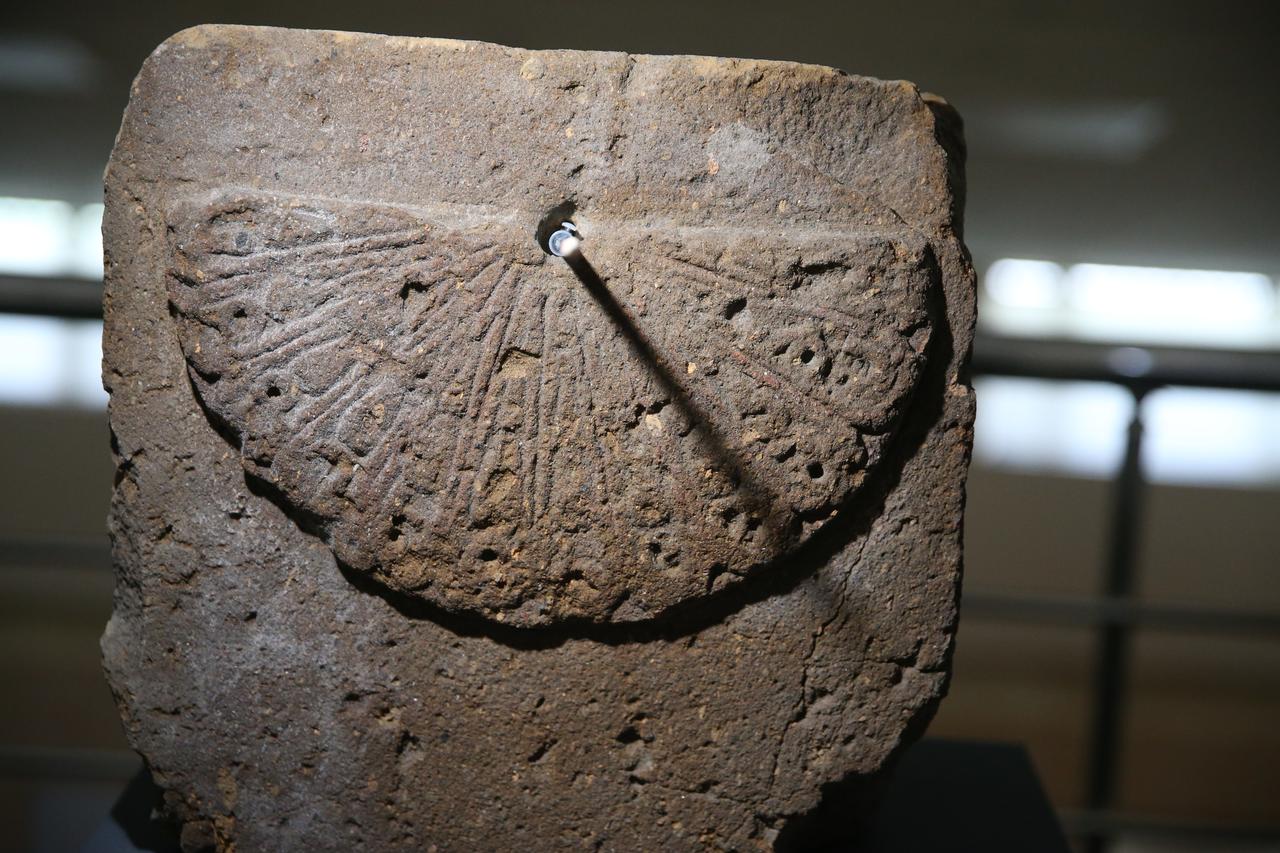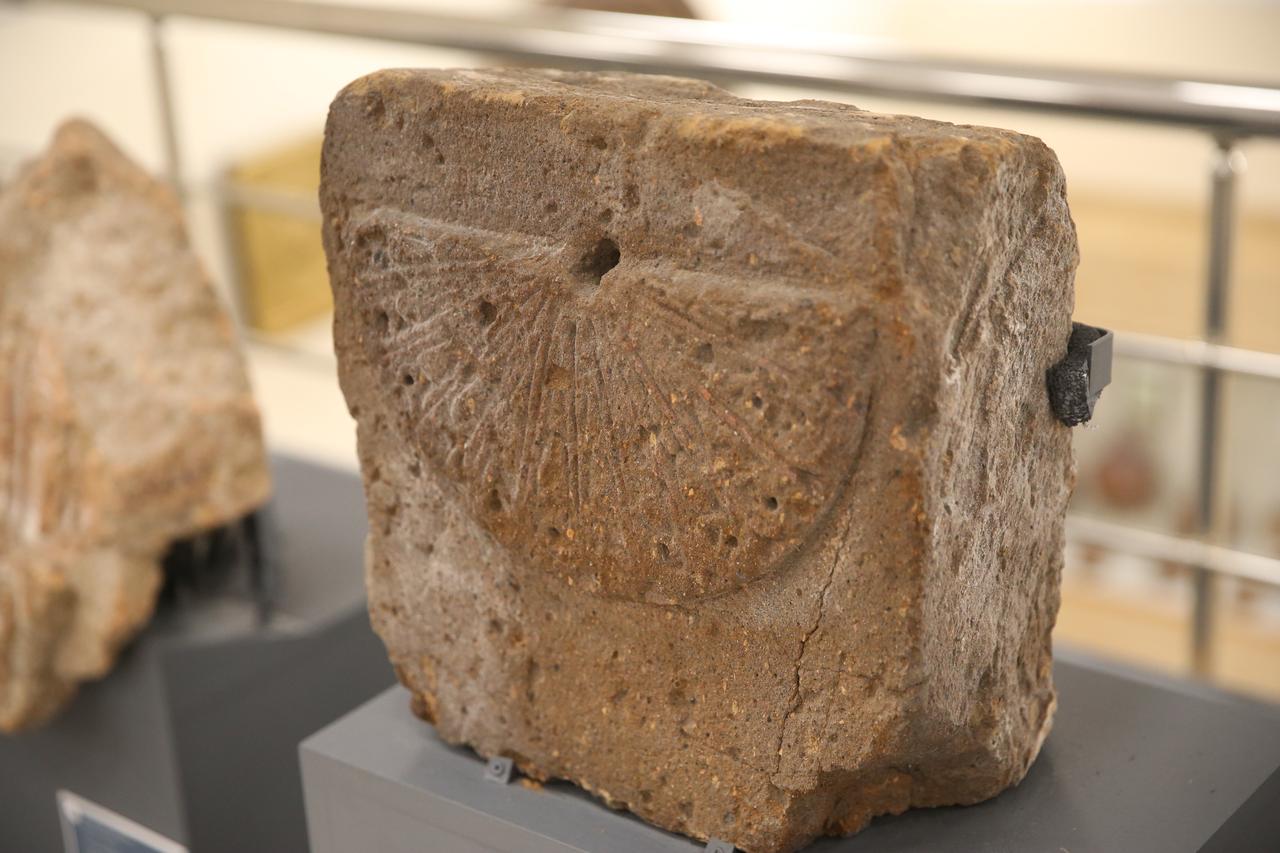
A remarkable sundial dating back approximately 1,000 years has been unearthed in the ancient city of Ani and is now on display for visitors at the Kars Museum of Archaeology and Ethnography. Found during archaeological excavations in the city’s large bathhouse area in 2021, the sundial was only recently exhibited as part of Türkiye’s Ministry of Culture and Tourism’s “100+2 Temporary Museum Exhibitions Project.”
Listed as a UNESCO World Heritage Site, Ani is one of the most important archaeological areas in Türkiye. Located in Kars near the Armenian border, the ruined medieval city was once a thriving hub of trade, religion, and culture, hosting 23 civilizations throughout its history.
Ani sundial, , Ani archaeological excavations, , medieval sundial Türkiye, ,
Spread across 85 hectares, Ani is renowned for its architectural wonders, including mosques, cathedrals, churches, palaces, monasteries, and underground structures. With nearly 1,500 subterranean spaces, Ani has offered a unique look into medieval urban planning and spiritual life in the region.
The newly revealed sundial stands out among the discoveries. Shaped in a half-circle with 12 carved segments representing the hours, the device uses a central metal rod to cast a shadow and measure time by the sun's movement.

Hakim Aslan, acting director of the Kars Archaeology and Ethnography Museum, emphasized the historical value of the artifact. “Sundials were widely used from very early periods, with significant development during the Roman and Hellenistic periods,” he explained. “However, in the Middle Ages, the technology saw limited progress and even lagged behind earlier standards.”
Still, Aslan noted, the Ani sundial serves as a rare medieval example. “Its rediscovery after 1,000 years, during our scientific archaeological efforts, is a major contribution to the region’s historical narrative,” he said.
Ani's location as the first major settlement entering Anatolia from the Caucasus has long positioned it as a cultural and strategic crossroads. Today, it continues to attract thousands of tourists, archaeologists, and historians eager to uncover traces of its multifaceted legacy.